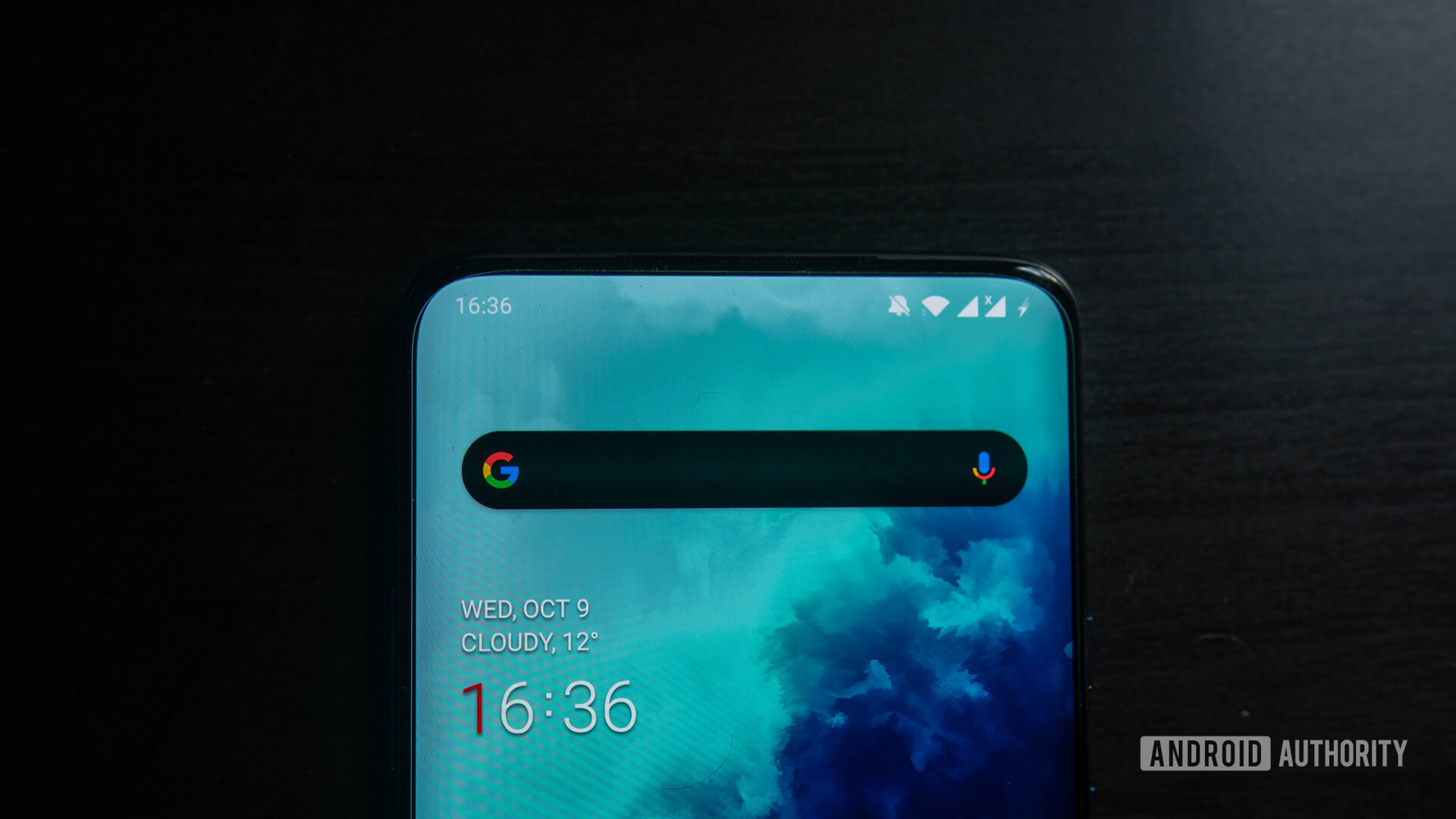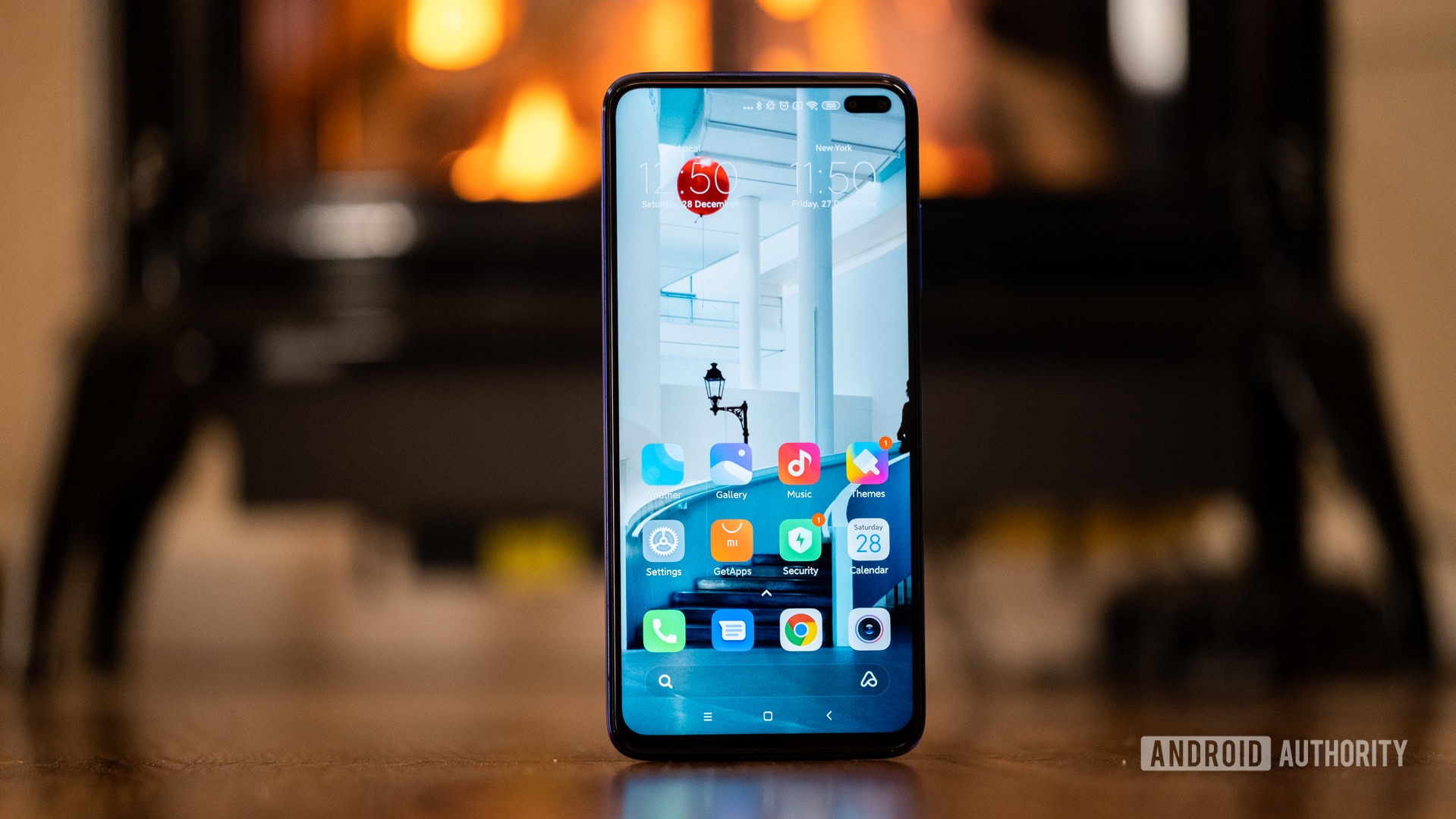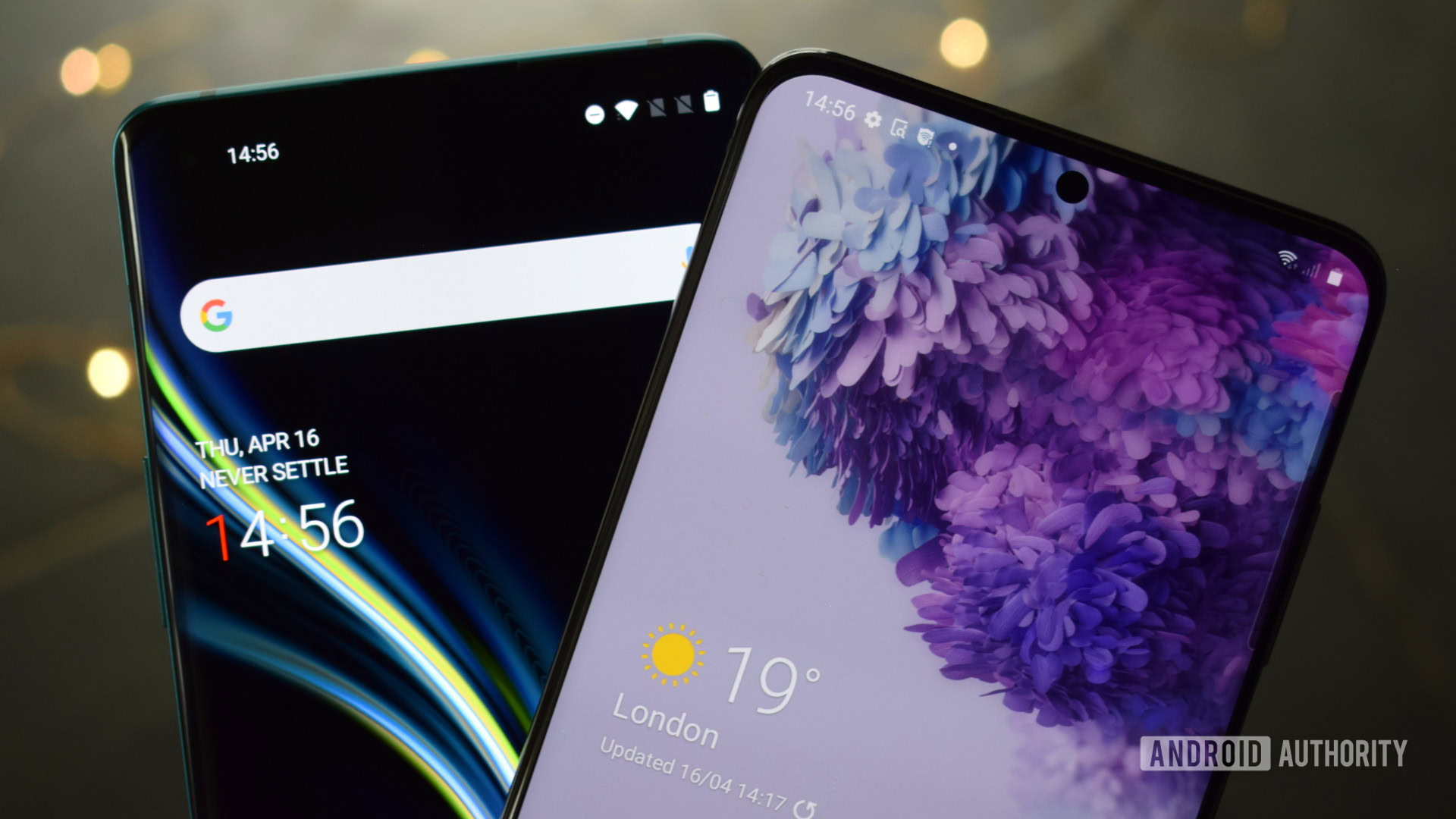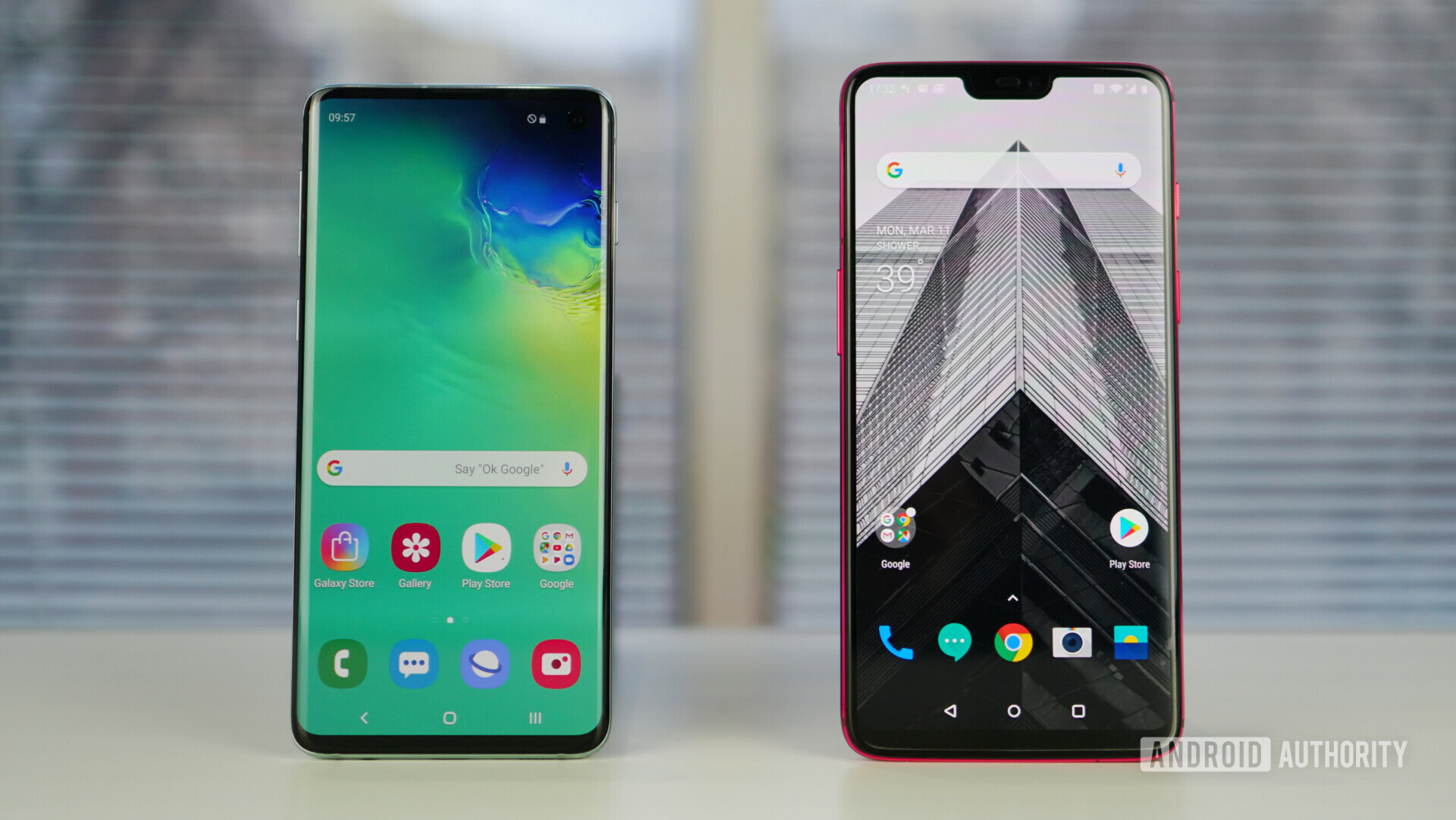Affiliate links on Android Authority may earn us a commission. Learn more.
Can you really tell the difference between a Quad HD and Full HD display?
Published onFebruary 3, 2020
It’s 2020 and if you haven’t got a QHD display on your smartphone, what are you doing? QHD displays are so sharp and beautiful that for a top of the range smartphone to not have one is a crime… or at least that seems to be the public perception among tech lovers.
What if the difference between FHD and QHD is one that we could live without? Think about it. You’d get better performance, cheaper price tags, and far better battery life!
That all sounds pretty enticing. But can we live without QHD screens? To test this, I invited 10 smartphone users aged 16-30 years old to see if they could pick the sharper phone out of two test devices showing different display resolutions. Here’s how it went.
The setup

For the test, I used a OnePlus 7 Pro and a OnePlus 7T Pro with the former set to FHD and the latter to QHD. Despite being slightly different models, both share the same 6.67-inch, 3,120 x 1,440 AMOLED display (516ppi). For good measure, both were pinned at 100% brightness to reduce any “brighter is sharper” ambiguity.
I handed each user a phone, one at a time, for 90 seconds. At 90 seconds, they would hand me back the first phone in return for the second. They got to pick which phone to start with and were told that one device was sharper than the other.
Related: 90Hz smartphone display test: Can users really feel the difference?
After the second test, the participant would give me an answer as to which device they thought had a sharper display.
All participants had owned a smartphone for over two years. Two of them were “techie” people, and the rest weren’t particularly into technology. Some knew that the company OnePlus exists, but none knew any of the devices’ specs prior to the test. All participants understood that there was a sharper display out of the two before testing had begun.
QHD vs FHD: The results
Surprisingly, there was exactly a 50-50 split between the people that guessed the sharper phone correctly and those who guessed incorrectly (just look at the beautifully symmetrical pie chart!). I say guess because there was some hesitation and uncertainty from some of the participants. Others were certain that the Full HD phone was the sharper of the two, which further complicates things.
Make sure to watch the video at the top of this article for all the reactions from the test.
The case for FHD

Between the lack of a majority in our results and some of the inherent downsides of a Quad HD display over a Full HD display, it begs the question: do we really need Quad HD displays? There’s certainly a case to be made.
In a poll that we ran in mid-2018, 43% of voters said they preferred Quad HD, however, when added together, over 52% said that they either preferred Full HD screens or didn’t care at all. That’s an average from polls conducted across Android Authority and our Twitter, Facebook, YouTube, and Instagram channels.
And it doesn’t stop at the users, either. OnePlus ships its phones in “Auto Switch” mode which shifts between Full HD and Quad HD based on the content on-screen. Samsung even goes as far as to have phones set to FHD out of the box — that includes Galaxy S and Note series devices.

This time last year, our very own Robert Triggs did some testing that showed that you could eek another 10-20% battery life out of your phone by switching to an FHD display. Mind you, that’s not the same as switching the mode in your smartphone. Even so, an average of 15% is nothing to scoff at.
You could gain 15-20% battery life by dropping to 1080p
The performance benefits are another reason to switch. With 120Hz becoming the new standard, your smartphone’s SoC needs to produce more frames. That job becomes a lot harder when each frame is 75% larger. By switching to Full HD displays, you’d get smoother animations to keep up with your high refresh rate display.
Then there’s the argument of pixel density. Any 6.5-inch display at Full HD is going to look impeccable. 330ppi at 10-inches from your face is the limit at which the human eye can spot individual pixels. Unless you hold your phone unreasonably close to your face, you don’t really need any more than 330ppi.
QHD vs FHD: The verdict

While the results of our test were far from conclusive, it’s pretty clear that the appetite for QHD displays is more of a want than a need. A want that, whether you like it or not, worsens the experience in other areas that count. It’ll take one heck of a battery tech improvement for these things to make sense. Until then, companies like OnePlus and Samsung will continue to ship their phones running at an optimum resolution that balances sharpness with battery endurance.
What do you think about QHD displays? Would you trade pixels for more screen-on time? Let us know in the comments!